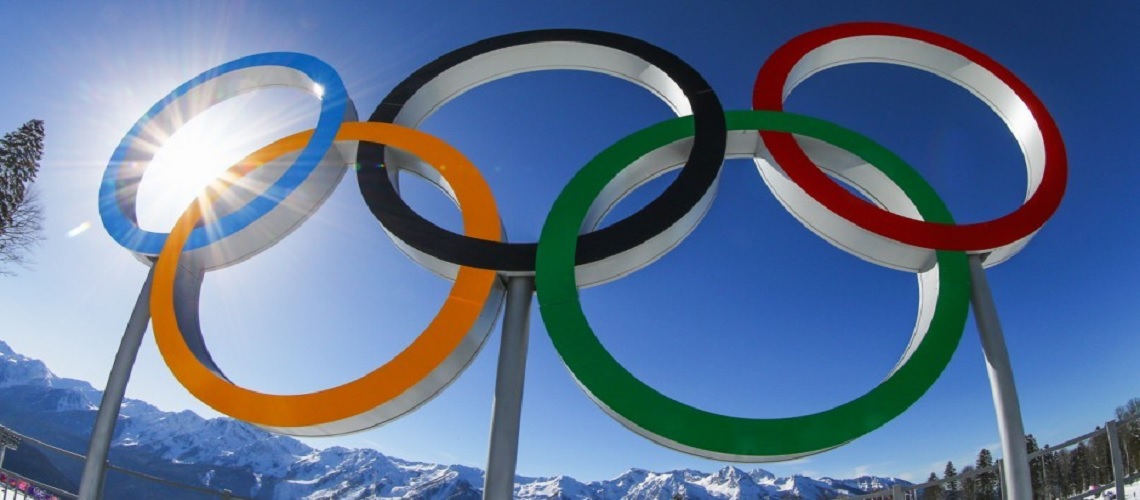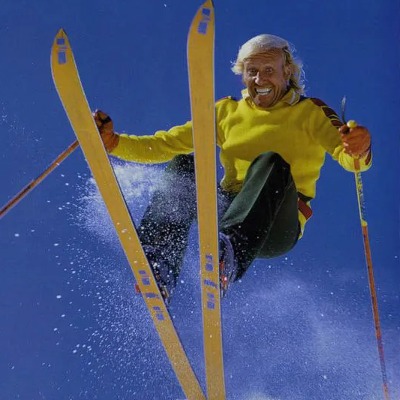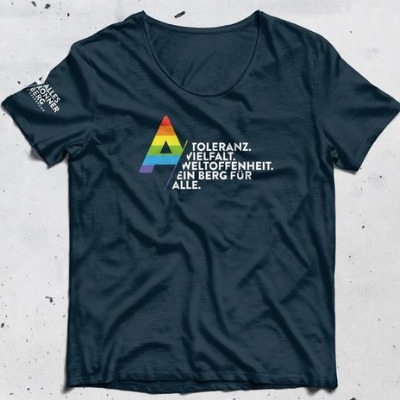Alpine Combined To Become Team Event At 2026 Games

Alpine skiing combined at the 2026 Winter Olympics will feature two specialists in a team instead of one skier, the International Olympic Committee (IOC) said on Tuesday. Previously, the men's and women's combined had an individual skier compete in a downhill or super-G and then a slalom, with the quickest aggregate time determining the winner.
The IOC EB decision follows the proposals submitted by the International Ski and Snowboard Federation (FIS) and the subsequent recommendations from the Olympic Programme Commission (OPC).
The events involved are:
- Alpine combined: from an individual Alpine combined event to a team combined event. This event will see two athletes of the same gender from the same National Olympic Committee (NOC) compete together. The competition format is the result of a downhill run and a single slalom run. One athlete from each team will compete in the downhill with the other competing in the slalom, with the result being calculated based on the aggregate times of the two athletes in each team.
- Nordic combined men’s team format: from team Gundersen large hill/4x5km (four athletes) to team sprint large hill/2x7.5km (two athletes). This event will be made up of teams of two athletes of the same gender and from the same NOC, instead of four previously. Each athlete will have one jump on the large hill. Both athletes will then alternate and ski a 1.5km loop five times each (7.5km each instead of 5km previously).
- Ski jumping team format: from men’s team (four athletes) to men’s super team (two athletes). Two athletes of the same gender and from the same NOC, instead of four previously, will compete in this new event. The competition format includes three rounds: in the first round all teams are allowed to start, while only the best 12 teams move forward to the second round, and in the third competition round the best eight teams conclude the competition. To calculate the result, the points of the athletes from the same team will be added together.
- Cross-country: alignment of all cross-country skiing competition distances for both men and women.
Men’s and women’s Alpine combined events were included in the sports programme only provisionally, subject to confirmation on format. This was to allow FIS additional time to finalise its competition format proposal and to collect feedback from the relevant stakeholders, including the FIS Athletes’ Commission.
The updated programme and quotas can be found here.
Qualification systems for five sports
The IOC EB also approved the qualification systems for Milano Cortina 2026 for biathlon, curling, figure skating, short track speed skating and ski mountaineering.
No major changes have been made compared to the respective Beijing 2022 qualification systems, with the exception of ski mountaineering, which is a new sport that has been added to the Olympic programme for Milano Cortina 2026.
Milano Cortina 2026 sports and event programme
Milano Cortina 2026 is set to become the most gender-balanced Olympic Winter Games in history. The main features of the event programme include:
- Increase of female participation to 47 per cent.
- Record number of women’s events, from 46 women’s events at Beijing 2022 to 50 women’s events at Milano Cortina 2026.
- Overall increased gender balance in three sports/disciplines:
- FIS – equal quota in ski jumping, all FIS disciplines besides Nordic combined are gender equal.
- FIL – equal number of events and increased women’s quota in luge.
- IBSF – increased women’s quota in bobsleigh.
- Continued innovation with the addition of eight new events.
- Overall athlete quota (including new sport) of 2,900.














